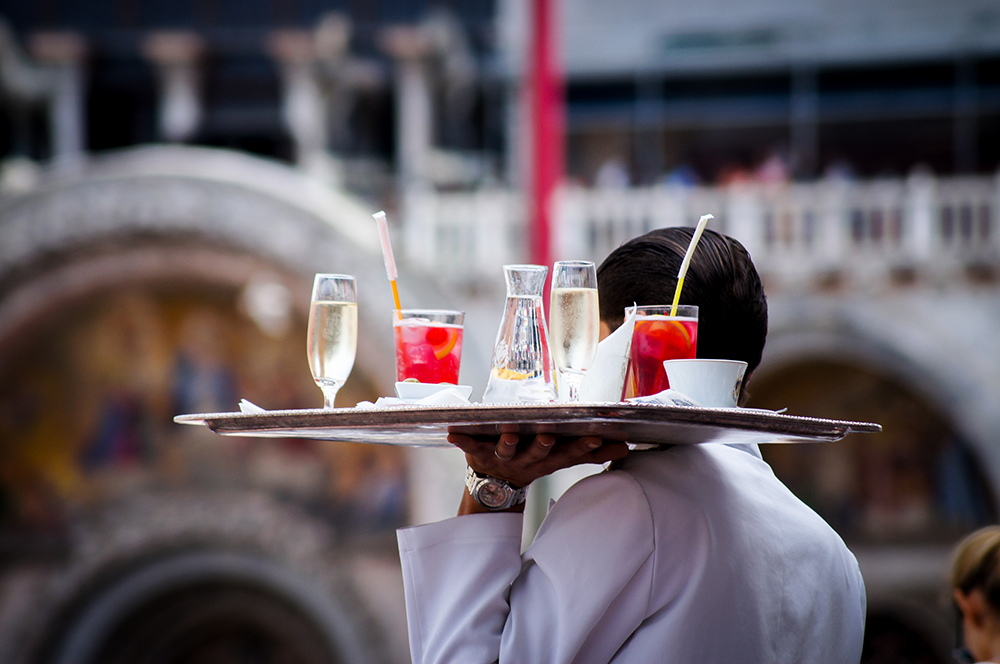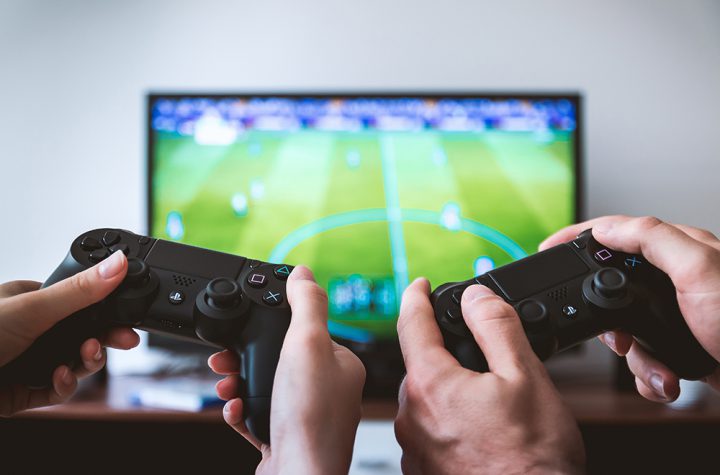
During the 2016 campaign, Trump promised never to use the bully pulpit of the presidency to divide Americans by race, as he claimed Obama had done. But Danielle Moodie, a podcaster and self-described “warrior princess of the resistance,” was among those who thought that dividing Americans by race is exactly why Trump was elected.
It would be hard to imagine a person with more anti-Trump matter in her political DNA than Moodie, an under-40, college-educated, Jamaican-American lesbian from Brooklyn who was part of CBC-TV’s 2016 election-night panel.
“I literally have nothing left to lose tonight,” she said that evening, as she saw Trump elected 45th president of the United States and the Obama era come to an end — not with elegant fanfare but like a light had been switched off.
While the rest of the panel, including myself, politely tried to unscramble how a crude and juvenile reality-TV character could suddenly become leader of the free world, Moodie would have none of it.
“This is literally white supremacy’s last stand in America. This is it. This is what this looks like,” she said.
WATCH | Danielle Moodie on election night 2016:
Moodie bitterly ticked off a list of warning signs that preceded Trump’s elevation to the Oval Office — including birtherism, the Tea Party, the gutting of the Voting Rights Act, voter-identification laws — and rolled them into an incendiary indictment of her country that went on for nearly three minutes (practically an Ice Age in television).
“This was hatred on a level [that] we have not seen since Jim Crow,” Moodie said, referring to the period from the post-Civil War era to the mid-1960s, when white leaders engaged in monstrous violence against African Americans through segregation, disenfranchisement and murder.
Soon, a video clip of Moodie’s election-night rant was winging its way around the planet. The Buzzfeed headline was “This woman called the U.S. election results ‘white supremacy’s last stand.'” BET — Black Entertainment Television — said it was “honest commentary.” The news site AfricanGlobe broke down her rant into 10 bullet points.
“As a Black, queer woman, I knew exactly what this was going to mean for people like me,” Moodie told me a few weeks ago. “I wanted to burst into tears.” She let her feelings stream out over the airwaves and unexpectedly became a sensation. “I was taken aback the next day that so many people had reached out. Overnight, I gained something like 10,000 Twitter followers, something crazy.”
To Moodie, the next four years seemed to confirm her fears. “Sadly, everything I did say that night on set in Canada in 2016 has come true and worse.”
First, Moodie was essentially correct in her sense that white racial insecurity was the key motivator among Trump voters. In the 2018 book Identity Crisis: The 2016 Election Campaign and the Battle for the Meaning of America, three political scientists concluded from piles of data that the strength of white identity and anti-immigrant sentiment best predicted support for Trump.
As the president seemed to validate white nationalism, racial tensions rose ominously like water behind a dam.
She was also prescient anecdotally: The president got two big thumbs up from former Ku Klux Klan Grand Wizard David Duke in 2017 after his reluctance to condemn a torch-lit white nationalist march through the University of Virginia campus that a day later led to the murder of counter-protester Heather Heyer. Trump defended Confederate Civil War generals and the statues that honoured them in their war to protect slavery. He incited Americans against NFL players when they knelt during the national anthem to protest against police violence.
As the president seemed to validate white nationalism, racial tensions rose ominously like water behind a dam. A mild confrontation between a Black man and a white woman over dog-walking rules in New York’s Central Park became national news after the woman called 911 and claimed she was being threatened by a Black man.
Cellphone video and police body cameras brought new and dramatic documentation of police killings of unarmed Black people. Sometimes, the details themselves were shocking enough: Breonna Taylor, a Black woman in Louisville, Ky., was mistakenly killed when police burst into her apartment looking for someone else.
Then, one evening in late May, a white officer in Minneapolis arrested a Black man named George Floyd — apparently, for paying with a phoney $20 US bill — put his knee on his neck and slowly choked the life out of him, unconcerned that cellphone cameras were recording the killing.
The dam broke. Streets across the U.S. filled with protests and demonstrations — some violent — that lasted weeks.
The killing of George Floyd by a Minneapolis police officer in May inspired months of protests across the U.S. Both images above show demonstrators at a protest in downtown Los Angeles in July. (Apu Gomes/AFP/Getty Images)
The force of the backlash demanded a response, and it arrived surprisingly quickly.
Confederate statues came down in the South — some at the hands of protesters, others by order of city leaders in Richmond, Va., Charleston, S.C., and elsewhere. Mississippi, of all places, removed the Confederate symbol from its state flag. NASCAR, among the most-potent institutions of southern identity and pride, forbade representations of the Confederate battle flag at its stock car races.
As the Floyd protests spread beyond the U.S. — to Canada, France, Germany, Japan, the U.K. and other countries — it seemed there was a global awakening. No less than John Lewis, the late Congressman and legendary warrior of the civil rights era who died in July, thought it a moment unparalleled in the history of the Black struggle for freedom.
Moodie was channeling Lewis when we spoke.
“During the civil rights movement, it was Black people in the streets for Black people. White people weren’t even on the sidelines. And now, you look out at these demonstrations — in some of the most lily-white, rural places, they have stakes in the ground, literally, that say ‘Black Lives Matter.'”
The writer Ta-Nehisi Coates went through a similar evolution. In the October 2017 issue of The Atlantic, he had written that Trump’s success was “at best in spite of his racism and possibly because of it. Trump moved racism from the euphemistic and plausibly deniable to the overt and freely claimed.”
But after the George Floyd backlash, Coates told The Ezra Klein Show podcast in June, “I see hope, and I see progress.” Coates recounted a conversation with his father, a former Black Panther, about the George Floyd outrage.
“The idea that that would resonate with white folks in Des Moines, Iowa, that it would resonate in Salt Lake City, that it would resonate in Berlin, that it would resonate in London it was unfathomable to him,” Coates said.
It seemed as though some of the “hope and change” promised in the Obama era had unexpectedly arrived in the Trump era — as though the culture had suddenly and dramatically changed, like the weather sometimes does.




More Stories
All the reaction from the Premier League, plus FA Cup first-round goals.
Company co-founder Josh Giegel and Sara Lucian are the first people in history to ride in a Hyperloop.